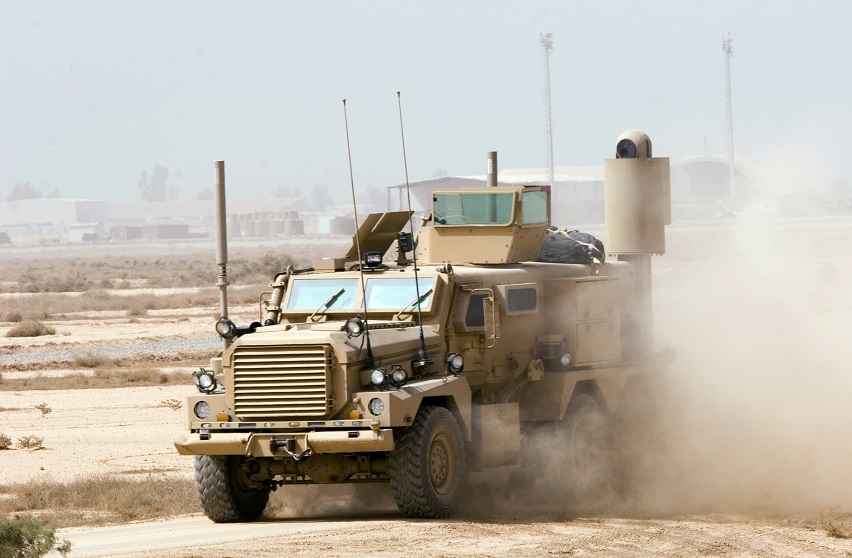
This post is also available in:
 עברית (Hebrew)
עברית (Hebrew)
Research found that when an explosion starts, it requires a reaction speed of 120-150 milliseconds to halt it. After an explosion is detected, gas or powder can be released to stop it. A new system activates a trigger signal within 67 microseconds (67 millionths of a second) from the start of the detonation.
The technology detects the start of a detonation and provides a trigger signal to an Active Mitigation System (AMS) such as a water bomb to neutralize the effect of the detonation. The explosion detection and active mitigation system are designed to protect against threats such as landmines and improvised explosive devices (IEDs).
The technology was developed by India’s Council for Scientific and Industrial Research (CSIR), India’s national R&D organization. It consists of sensor hardware to detect a detonation in progress, signal processing electronics that implement a unique algorithm for discriminating between background signals, and electronics that issue a trigger signal to the AMS within 67 microseconds from the start of the detonation.
The system can detect a landmine (or other buried charge) detonation in progress and issue a timeous trigger signal to an AMS to neutralize or significantly reduce the threat. The ultimate benefit is to the soldiers inside the vehicle being better protected against serious injury, the CSIR said.
The CSIR said that detection systems do exist for threats such as rocket-propelled grenades, but not for close-in explosive threats such as landmines and IEDs. The system combines sensors and a unique algorithm that detects the detonation.
Additional testing for fine-tuning and determination of the false alarm rate of the system still needs to be done but the system is fairly mature, with a prototype tested in a real environment. The CSIR has previously done work on the detection of coal dust explosions.
According to defenceweb.co.za, the target market for the technology is armored vehicle manufacturers who supply to defense forces in developed and developing countries. The system, coupled with an appropriate AMS, can be fitted to new armored vehicles or retrofitted to existing ones. Users could include the South African National Defence Force (SANDF), international militaries, counter-terrorism groups and coalition forces like the United Nations or NATO.

























